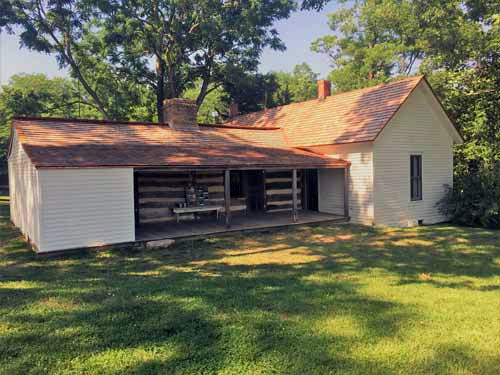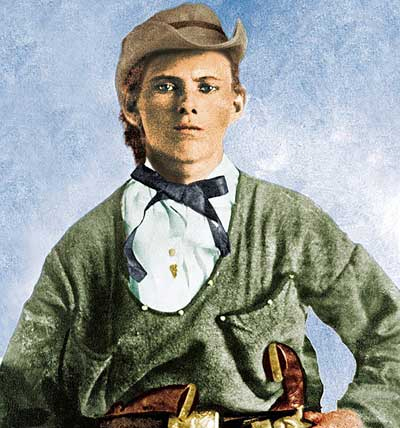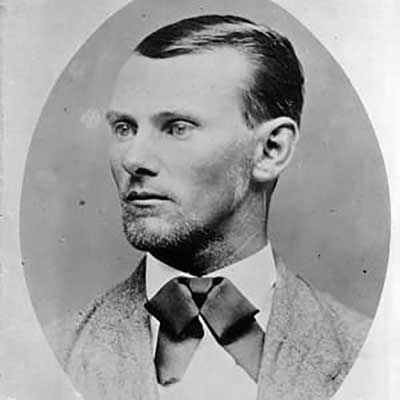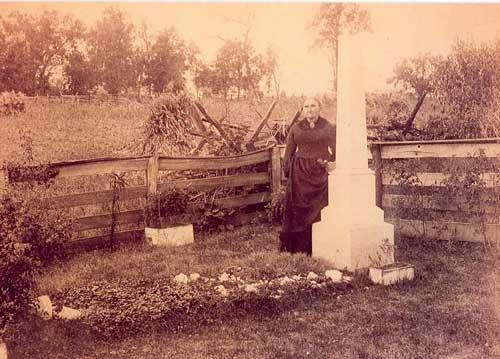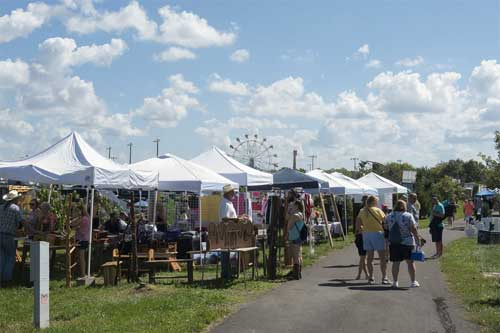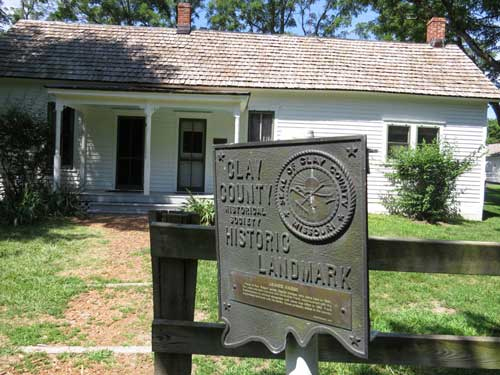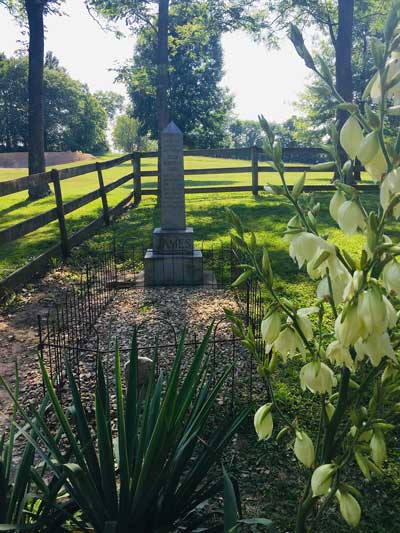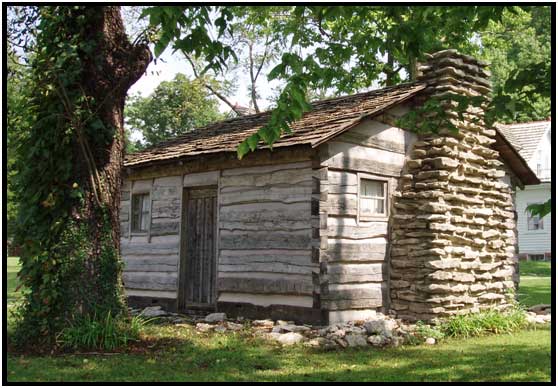
Bring your senses of adventure, fun and community to Raytown’s Festival of the Trails
September 2022 …
Bring your senses of adventure, fun and
community to Raytown’s Festival of the Trails
Raytown’s Festival of the Trails will step off on its second annual observance Saturday, Sept. 10. The event is a commemoration of the three westward pioneer trails that wound through what became the Raytown community. It also celebrates the Rock Island bike and hiking trail that opened last year.
Many of the activities will take place at the Rice-Tremonti Home, 8801 E. 66th St., 10 a.m.- 5 p.m. Admission to the site is free, but donations are appreciated. A full day of family fun is planned with games and crafts for the kids, tours of the historic home and a huge craft fair on the grounds. Historical interpreters will represent the Buffalo Soldiers, the African American cavalry units of the 19th century, and Sophia White, an enslaved woman, whose cabin still stands. The Missouri Free Trappers will be camped on site.
The Windy Hollow Historical Band will perform. A blacksmith with demonstrate his skills and there will be a wool-spinning demonstration. Food trucks will be present, and the Friends of the Rice-Tremonti Home will hold a bake- and ice cream sale.
Activities are also scheduled at Abiding Faith Church, 6700 Raytown Road, where the Buffalo Soldiers will provide interpretations, 4-5 p.m. Food deals are on the menu all day at Crane Brewing, 6515 Railroad St., and at the NewzRoom Café, 6020 Blue Ridge Blvd.
Raytown’s Greenspace, 10009 E. 62nd St., will come to life at 4:30 p.m. for live music by Nick Schnebelen, food offerings and kids’ games until 8:30 p.m.
Raytown’s Second Annual Festival of the Trails is supported by the Raytown Area Chamber of Commerce, Raytown Parks and Recreation Deptartment and the organizations mentioned above. For more details go to Raytown’s Festival of the Trails Facebook page or call the chamber at 816-353-8500.
– Submitted by Leigh Elmore
Slave cabin at Rice-Tremoni Home
 The historic slave cabin on the grounds of Rice-Tremonti Home will be part of the activities during Raytown’s Second Annual Festival of the Trails on Sept. 10. (Image courtesy of the Raytown Main Street Association)
The historic slave cabin on the grounds of Rice-Tremonti Home will be part of the activities during Raytown’s Second Annual Festival of the Trails on Sept. 10. (Image courtesy of the Raytown Main Street Association)


